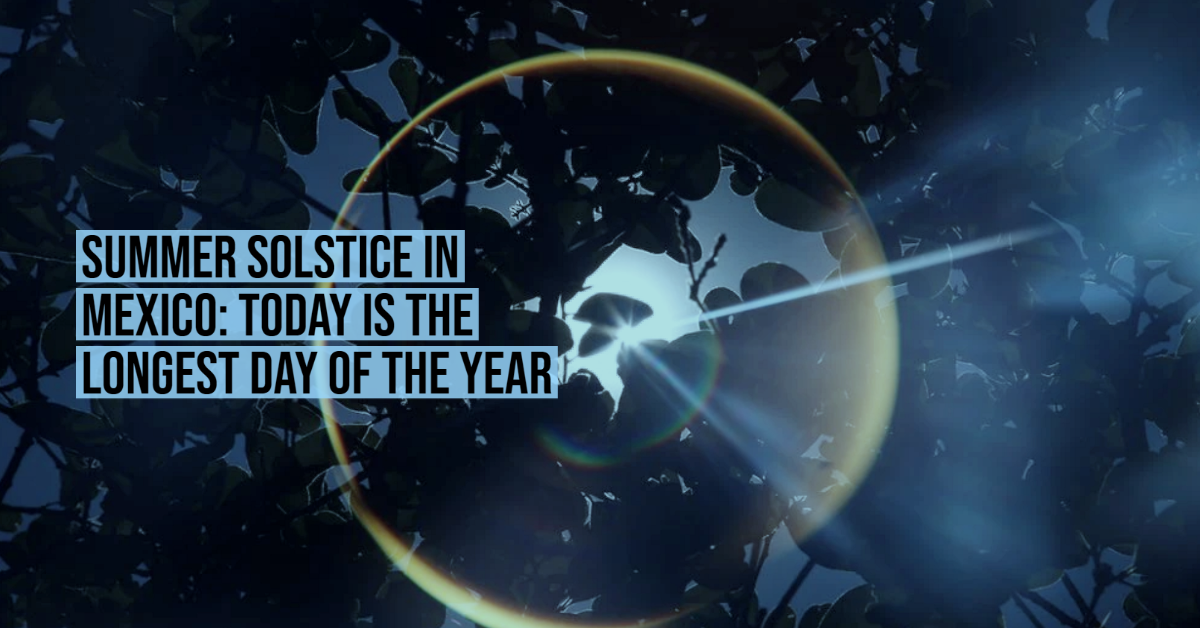In Mexico, June 20 will be the longest day of the year and also the shortest night. It is today when the summer solstice takes place in the northern hemisphere, an astronomical event that will end spring and mark the beginning of the new season.
According to the Institute of Astronomy of the National University of Mexico (UNAM), the astronomical event will occur specifically at 9:32 p.m.
Due to the inclination of the Earth’s axis, that day the north pole of our planet will be pointing more directly towards the Sun than at any other time in 2021, giving rise to the summer solstice in the northern region. But what is this event specifically, and why does it affect the duration of the days and nights?
Summer solstice
The axis of the Earth is an imaginary pole that crosses our planet from top to bottom. Our world revolves on that imaginary line, completing one revolution in 24 hours; And that’s how the days and nights happen
According to NASA, this Earth’s axis is inclined 23.5º with respect to the Sun. This position causes the amounts of sunlight that our planet receives to be different in each region, as the Earth advances through its orbit.
When the North Pole points towards the Sun, the South Pole automatically leans in the opposite direction. This makes summer start in our hemisphere, and winter in the southern hemisphere.
“During the summer, the north pole leans towards the Sun and the south pole leans away from the sun. The northern summer solstice is a time when the North Pole of the Earth points more directly towards the Sun than at any other time of the year”, explains NASA.
On June 20, the north pole will reach its maximum inclination towards the sun, the day will be the longest of the year, and the night, the shortest. However, this does not imply that it will be the hottest day of 2021. Although the northern hemisphere will absorb a large amount of sunlight during the summer solstice, the oceans take time to warm up, so the difference in temperatures begins to be appreciated weeks later, between July and August.
“The oceans are slow to warm and remain cool, resulting in a moderating influence on temperature variations,” explains the US space agency on its website.
Nor does it mean that our world is closer to the Sun. In fact, the Earth reaches the point of its orbit closest to the Sun in January.
“The Earth is closest to the Sun between January 3 and 5. The difference is a small percent of distance, too small to be seen ”, indicated NASA.
The summer solstice in the northern hemisphere implies that this area is more tilted towards the star. Therefore, it receives more sunlight and temperatures rise as the weeks go by. This causes that during the boreal summer the Arctic Circle is always illuminated, 24 hours a day, and that in countries like Finland and Norway it is early morning and it gets dark very late, registering only a few hours of darkness at night.
At the same time the winter solstice will occur in the southern hemisphere.
In Mexico, June 20 will be the longest day of the year and also the shortest night. It is today when the summer solstice . . .












